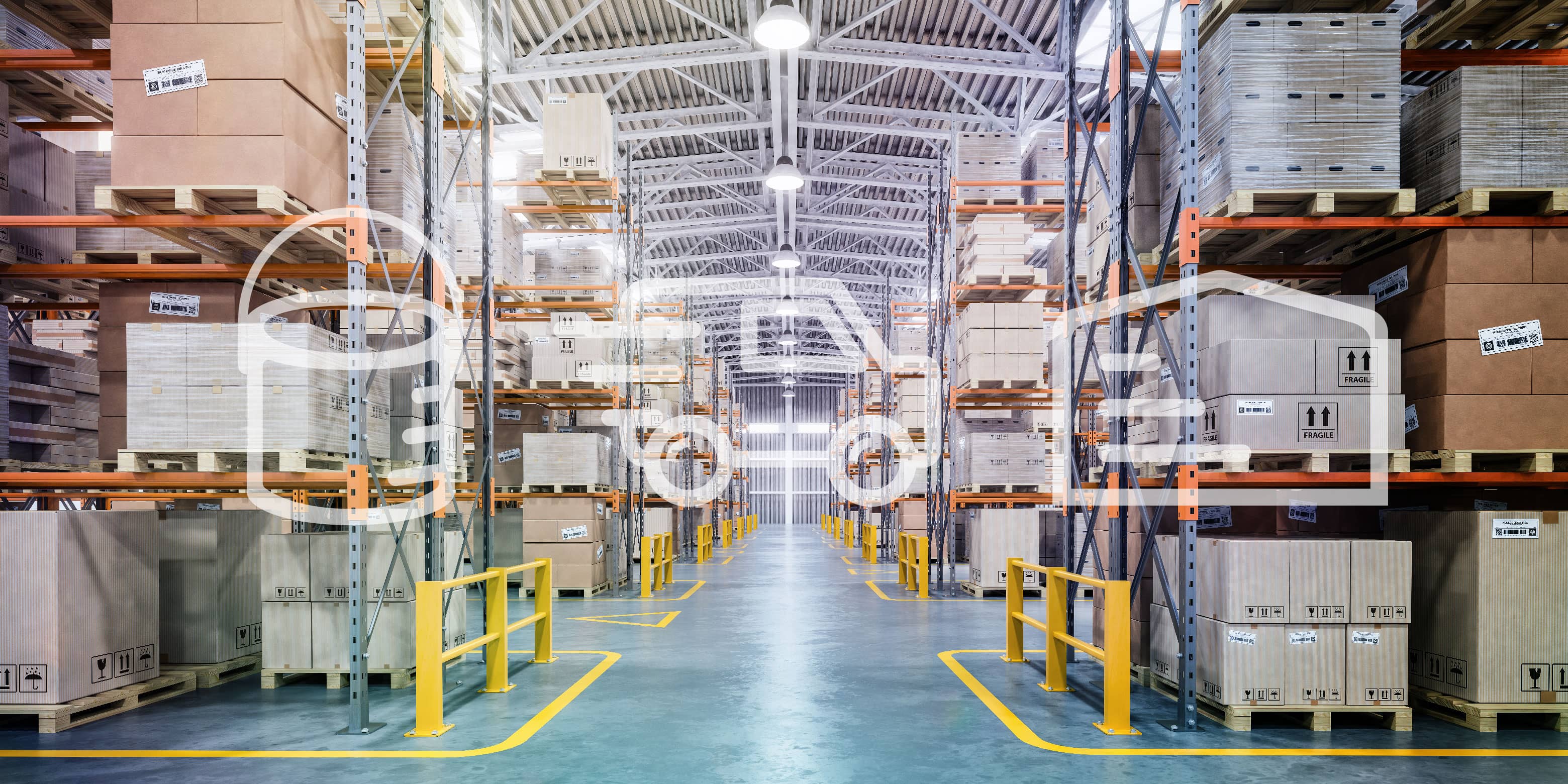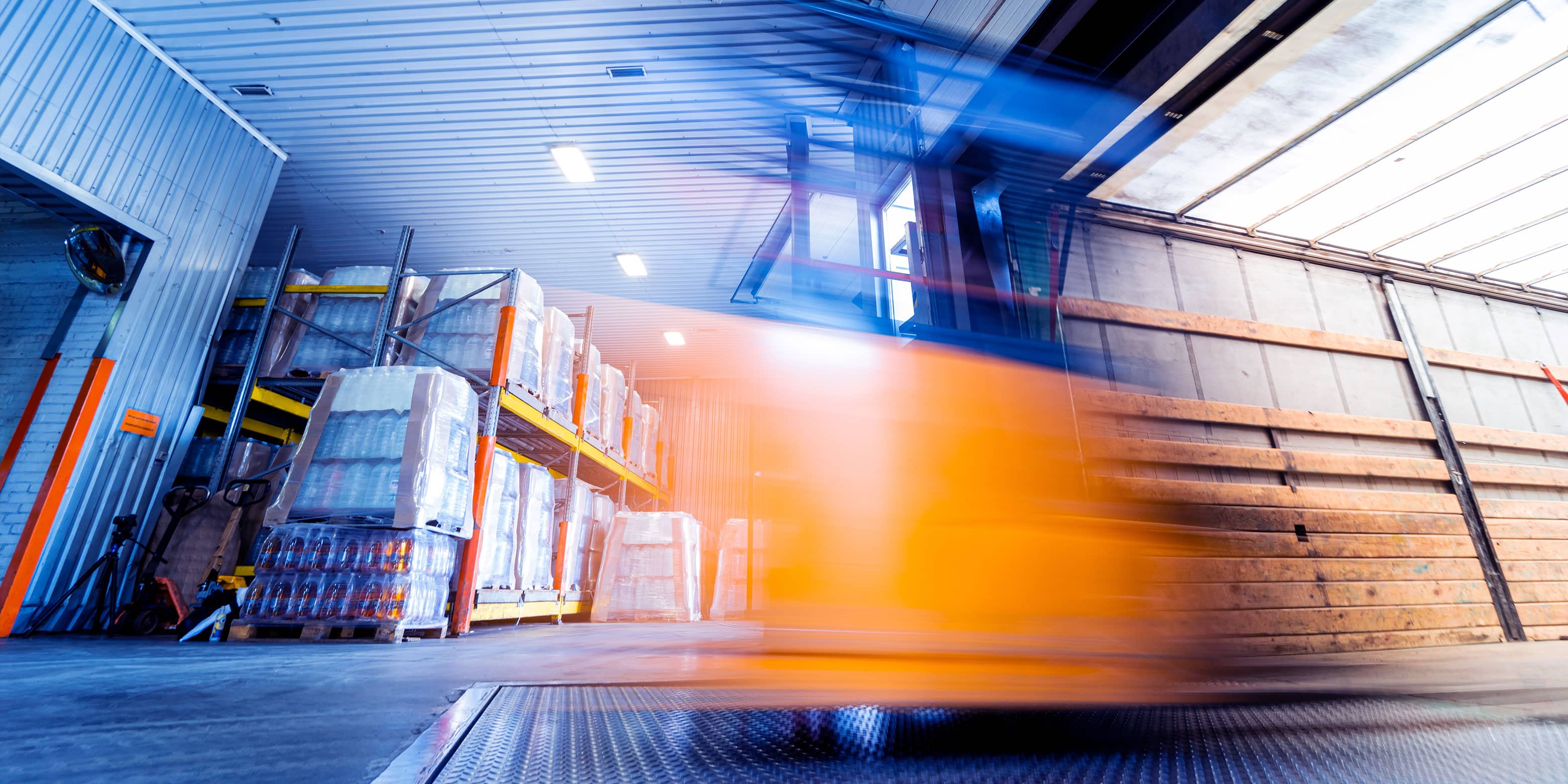KNOWLEDGE
Importance of Packaging in the Supply Chain
When talking about supply chains, most people think about how a product is created. We often talk about the phases of the supply chain such as product design, procurement of raw materials, manufacturing processes, managing inventory in warehouses, and finally development of logistical strategies to ensure products safely and quickly reach the customer’s hands. Nestled among these important stages involves how the raw materials or products move within the supply chain. This factor leads to how much packaging plays such a vital role in getting materials to their destinations.
Role of Packaging in Supply Chains
At one time many businesses looked at packaging as serving two basic functions within supply chain management.
- Packaging protects products during transport to ensure that items safely reach the destination without damage.
- Packaging allows companies to effectively optimize the amount of space available on delivery vehicles so the right number of products could be shipped out to distribution centers, fulfillment centers, retailers, and customers to save on fuel/transportation costs.
With recent technologies and innovations expanding the types of packaging available to a range of industries — including aerospace, food, beverage, pet care, and paints & coatings — companies have come to understand the greater potential that comes with packaging materials. The role of packaging in supply chain expands into protecting the environment, product traceability, item handling, distribution, and marketing campaign potential. These factors can be grouped into three primary packaging functions: marketing, flow, and environment.

Marketing Function
Will customers remember your product long after the purchase? This aspect is highly important to businesses as you search for ways to attract new customers and retain loyal customers for the entire life of your company. While marketing to existing customers includes email campaigns and newsletters, the packaging is a powerful device for attracting and retaining customers to boost sales.
Packaging creates a visual appeal that can attract people to your products. Most businesses understand that a visually appealing item on a shelf can persuade customers to select it over the competition. Many companies may conclude custom packaging is the only option for standing out on the shelf, but decoration can transform any commodity packaging into its own unique package. The same holds true for packaging used in manufacturing processes. Instead of shipping packages in the same brown cartons and boxes, visually stunning packaging creates a pleasing and memorable experience for the customer when they receive it. Packaging designs have also allowed the inclusion of mobile-friendly promotional functions, such as QR codes allowing customers to learn more about complementary products, the company, or sales discounts on future products.
You can effectively brand your company using packaging, allowing customers to recognize your products instantly wherever they see your logo or graphics. Pleased customers view your company as the place to purchase future items. This type of brand communication can cast your company in a positive light. In addition, customers may even be inclined to tell their friends about your company not only based on the quality item but also because of the trendy packaging the product arrived in.
Flow Function
Another function in the role of packaging in supply chain involves flow. The flow function focuses on how packaging allows the item to move during distribution and logistics tasks. There are many areas where the flow function is applied, such as how raw materials move to workstations, packaging used for logistical strategies, handling of packages for warehouse management systems, distribution of products, unpacking of items by customers, product returns, and even inventory disposal.
When considering flow, your packaging must ensure that raw materials or products reach their intended destination whether to internal production lines, the warehouse or to customers. The material composition can also dictate the packaging, especially for hazardous materials where specific UN-rated packaging must be used to meet shipping regulations. It can become difficult to accomplish when so many components and factors must be taken into consideration to ensure the flow of materials to final product is smooth. Greater visibility into supply chain operations may drive packaging redesign for enhanced traceability and safety.
Sensors, barcodes, and even software allowing for automatic product inspections based on the packaging’s artwork are all methods to monitor the flow of materials as they move through the company’s operations. Constant visibility of the product as it moves through the supply chain identifies any gaps in production processes leading to bottlenecks while maintaining accountability when a product issue arises.
For distribution processes, the flow function focuses on how products are stored, used, and transported. Products come with many characteristics that specify the type of packaging that can be used. How easily workers unpack raw materials, move products, place inventory on shelves, and load products in vehicles can deeply impact processes.
Distributors, manufacturers, and warehouse managers become aware of how the size and complexity of the packaging can impact the flow of materials during production and how finished products need to fit into trucks for shipping. These logistical challenges can impact lead times, cycle times, and logistical costs.

Environment
Companies from various industries have become aware about how supply chain packaging impacts the environment. The environmental impact of packaging function considers how packaging is created, used, and disposed of for the betterment of the environment.
Customers have become more aware of how the packaging that they toss out can harm the environment in a number of ways. Many people now take into consideration if a company has sustainable practices that focus on minimizing the amount of packaging used for shipping items while still guaranteeing that the product safely reaches its destination. Sustainable practices may also focus on whether the packaging can be reused or recycled. Even with the higher costs associated with sustainable packaging, a growing number of customers are willing to pay these higher costs if they can further help the environment when purchasing products.
Keeping this in mind, packaging companies have been innovating and expanding packaging solutions to achieve sustainable and eco-friendly goals. Sustainable packaging solutions include 100% recyclable metal containers, recycled fiber boxes, recycled plastics, and plant-based resins are solutions that consumers are learning to recognize and demand.
Future Outlook of Packaging for Supply Chains
While knowing how your company uses supply chain packaging can increase operational efficiency, provide marketing opportunities, lower costs, and allows for enhanced product traceability, it’s important for you to also pay attention to trends and future outlooks in the packaging industry.
The COVID-19 pandemic greatly impacted industries in all market segments. More people stayed home to isolate themselves while changing how they shopped. They ordered groceries and e-commerce products for fast delivery, creating an increased demand for packaging materials. Even now with society reopened, packaging manufacturers and suppliers are getting hit with supply chain disruptions and raw material shortages caused by this staggering demand. It has also created an increase in prices that could cause companies to re-evaluate budgets and what types of packaging to order.
Being aware of packaging material availability may help companies of all sizes to adjust procurement and logistical strategies. You may decide to switch packaging types based on price outlooks, environmental factors, and future availability. In addition to watching the packaging industry and how it handles the global supply chain shortages, you also gain the opportunity to monitor future packaging innovations that could benefit your operations.
Some advances include AR/VR headsets allowing users to see what products are inside packages. This technology may allow customers to understand product features to make better purchasing decisions. Another technology coming into play involves hyper automation. Hyper automation paired with artificial intelligence may allow more companies to seek out automated supply chain strategies. This in turn could lead to faster production from complex processes, better packaging classification, and the ability for packaging assembly verification.

The role of packaging in supply chain creates a number of challenges as well as opportunities for companies. Here at Paramount Global, we offer integrated packaging solutions tailored to supply chain processes. Learn more about our packaging solutions that may help your business strategies by contacting us today.
Hayley is a marketing professional and copywriter with a background in crafting content for a diverse range of industries. She has been writing about packaging and supply chain logistics for Paramount Global since 2022. She specializes in explaining complex topics in a clear and engaging way and is an advocate for sustainability in packaging and supply chain management.
Read More
For over forty years, Paramount has been delivering perfectly integrated packaging and supply chain solutions.
